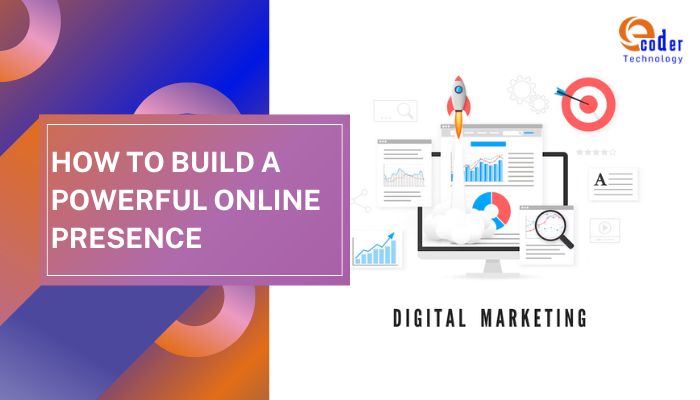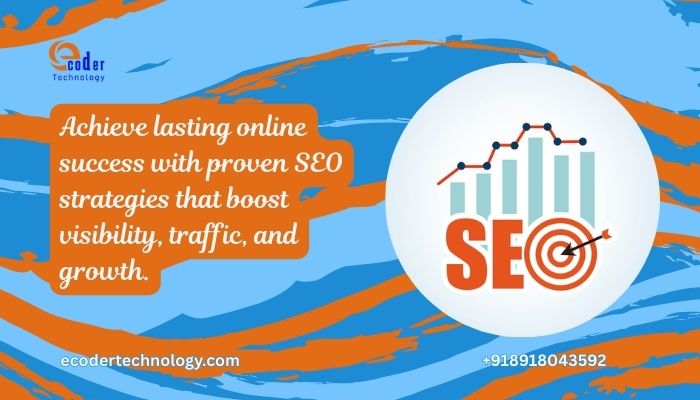
Thanks to the digital revolution, our world has become heavily hyper-connected. So, as a business owner, having a website and a few social media posts isn’t going to be enough to attract clients. If you want to thrive in the current digital landscape, it’s important to build a interconnected and comprehensive ecosystem that –
In this article, we’ll share a full-stack digital marketing strategy to help you get a proper start in the game. So, without any further ado, let’s begin.
Digital marketing isn’t about following a single strategy and hoping that your dreams of growing your organization will come true. Let us explain what we mean by this.
A full-stack digital strategy usually goes beyond developing isolated campaigns. It’s combination of making three elements work together properly –
This, in turn, can bridge your online presence by bridging the gap between development and marketing and forming the backbone of an excellent online marketing strategy.
Without proper connectivity, you risk fragmenting your business. Your application might not support marketing tools, or your website’s SEO strategy may suffer due to poor site structure. However, as long as you have a holistic digital marketing strategy backing you up, it can improve your website, content, and social media strategy even more.
Your website is going to be the face of your brand. And a well-designed digital marketing website will do much more than just looking good. It’ll drive conversions and reflect your values. Let’s learn more about how it works –
User experience and interface design usually determines how visitors interact with your website. So, if you are offering a seamless UX journey, it’d keep your users engaged and build a strong sense of trust in your online presence.
Having a mobile-friendly website is non-negotiable in 2025, considering how many people use the internet on their smartphones.
Accessibility also ensures that users with different abilities can interact with your content – which can strengthen your online marketing strategy even more.
Security, speed, and mobile optimization aren’t just another tech concern anymore. They’ve become ranking factors that impact your digital marketing campaign results.
While websites can help you gain more online visibility, if you truly want to engage your audience, you need to have an app. Here’s why –
Apps can increase engagement and retention massively. They offer personalized experiences to people, enable push notifications, and improve loyalty. And guess what – these three are key foundations of a modern social media marketing strategy.
In terms of performance, nothing can do better than a native app. However, hybrid apps are much quicker to build. So, your choice should align with your goals and the scale of the digital marketing strategy you’re using.
Your apps should integrate with analytics and CRMs for seamless data flow and power everything from push campaigns to advertising online efficiently.
Writing SEO-friendly content can push your website up the search engine rankings and improve your online visibility even more. But for that, you have to write the right kind of blogs and articles. Here’s what you need to know more about it –
Every word that you write should serve a purpose. Whether it’s a blog or a landing page, your content must align with brand objectives and funnel different stages of your digital marketing campaign.
While blogs are going to be great for improving your website SEO. But if you want to get results, it’s important to create product pages, white papers, and videos. Each format will play a unique role in your current online marketing strategy.
In order to get higher visibility, you should optimize your content for both search engines and humans. It will help you reach audiences organically and supports your digital marketing website goals.

When it comes to SEO, there are four aspects you need to focus on more than anything else. Let’s keep reading to know more about it –
Site structure, meta tags, internal linking – all must be optimized when you are working on on-page SEO. Technical SEO, on the other hand, will focus on your website’s speed, security, etc., to make your digital marketing campaign perform well.
If you are targeting specific geographies, having a Google Business Profile is going to do a world of good for you. Local citations and mobile-first indexing can also reinforce your online presence and rank you higher on the search engines.
If you have existing content on your website, be sure to refresh them, target long-tail keywords, and focus solely on user intent. These tactics help scale your online marketing strategy over time.
SEO helps reduce dependency on paid media while supporting content, app discoverability, and social media marketing strategy efforts.
PPC usually focuses on driving quick traffic and is perfect for launches or remarketing. It’s called the paid engine of your digital marketing strategy for nothing, you know.
Each platform serves different purposes when it comes to digital marketing. For example, you can use Google ads for intent-driven search & meta ads for behavior-based targeting. Remember, diversifying is important for advertising online.
If needed, you can also use data collected from your users to reconnect with the past visitors. Retargeting is essential in a full-funnel digital marketing campaign and can help you guide users toward conversion.
Always measure what matters to you and your marketing campaigns the most. It could be related to your CPC, lifetime value, and conversion rate. Strong ROI tracking can help you optimize your online marketing strategy much more effectively.
Every social media platform comes with its own vibe. For example, LinkedIn works perfectly for B2B marketing, Instagram is ideal for visuals, and TikTok focuses more on trends than anything else. So, you have to align your social media strategy with your audience’s behavior to make it work perfectly.
Organic marketing is slow and builds trust over time. However, it’s much more consistent than paid marketing – which focuses on helping to get more conversions quickly.
If you have older blogs hanging around your website, repurpose them into tweets or reels. This synergy drives consistency in messaging and improves your digital marketing website traffic even more.
Partnering with creators adds authenticity. On the other hand, UGC builds trust and amplifies your online presence with real-world testimonials.
Social and PPC ads, for instance, can help you grab attention through eye-catching ads and posts. It also creates a cohesive advertising online strategy that generates brand visibility even more. This is also known as the awareness stage – which is the beginning of your funnel.
In the consideration stage, your users will dig deeper. So, you can write blogs, case studies, and guides to position your brand as an expert in the market through your digital marketing website.
For the next part, you have to optimize your apps and landing pages to make sure they can convert your audience effectively. This is the conversion stage – where writing clear CTAs and making sure that your website has a faster loading time works in your favor.
Finally, in the retention & advocacy stage, you have to stay connected with your audience post-sale. App notifications, personalized emails, and a clear social media marketing strategy can turn your customers into brand advocates for free.
However, if you are using an isolated strategy for your business, there are some issues that you might face later on. Here’s what you need to know about them –
Tech and marketing often operate in silos. Aligning these teams is crucial for a seamless online marketing strategy.
Missing alt text, slow pages, or broken links damage your digital marketing website before it even launches.
Running ads without optimized pages leads to poor ROI—burning money instead of building a powerful online presence.
A full-stack digital marketing approach might seem like a luxury to you at first. However, now, it’s a necessity. From the first click to long-term retention, you have to ensure that every element is working in sync. Otherwise, it’ll be impossible to grow your online presence.